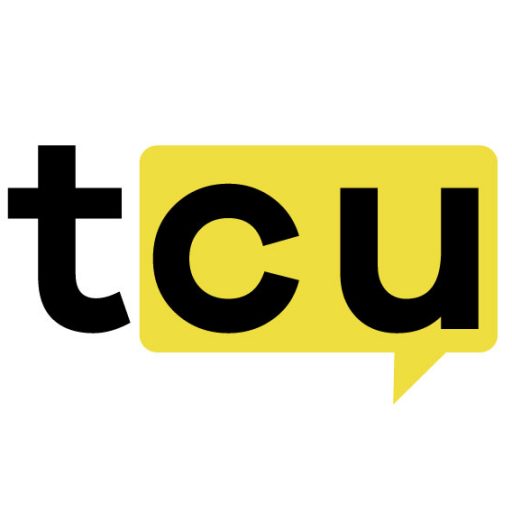Real-World Blockchain Applications Gain Momentum
Stellar CEO Denelle Dixon recently shared some interesting updates about how permissionless public blockchains are actually making headway in practical settings. She pointed to growing experimentation across the network, which I think shows that we’re moving beyond just theoretical discussions about blockchain technology.
What struck me about her comments was the emphasis on live activity happening right now. Companies are exploring faster reporting methods and improved access to cross-border operations using Stellar’s infrastructure. It’s not just talk anymore – there are actual trials and implementations taking place.
Institutional Partnerships Signal Growing Acceptance
Dixon specifically mentioned the involvement of the US Faster Transactions Data Access initiative and the Depository Trust & Clearing Corporation in these blockchain trials. That’s significant because DTCC is a major player in traditional finance, and their participation suggests that institutional interest in permissionless financial rails is genuinely increasing.
The Stellar Development Foundation has been collaborating with DTCC’s digital-assets division, which focuses on bringing real-world applications to settlement processes. They’re using Stellar’s infrastructure to digitize things like equities, bonds, and collateral. The goal here seems to be reducing settlement delays while maintaining the traceability that financial institutions require.
Practical Use Cases Beyond Speculation
One of the more compelling aspects Dixon highlighted is that these new models aren’t speculative – they’re being tested with real assets. That’s an important distinction from some of the more hype-driven blockchain projects we’ve seen in the past.
Cross-border payments remain one of Stellar’s strongest use cases. The network enables real-time, low-cost currency transfers that clear in seconds with minimal fees. Fintech companies and remittance operators have adopted this infrastructure to bypass traditional banking delays, which can be particularly useful in markets with slower interbank systems.
Tokenization and Compliance Features
With the rise of tokenization, Stellar provides technology to convert physical or fiat-based assets into programmable digital tokens. What’s interesting here are the compliance tools built into the system – features like freezing, revoking, or managing assets with programmable capabilities that can mirror regulatory requirements.
This approach reflects how distributed networks can support legacy institutions without necessarily replacing their existing controls. It allows both security and flexibility to coexist, which might be the key to broader adoption in regulated industries.
Beyond finance, Stellar’s infrastructure has been used for humanitarian efforts, delivering aid through digital wallets to communities where traditional banking doesn’t operate effectively. These tools support microtransactions, enabling greater participation from underserved users who might otherwise be excluded from formal financial systems.
The flexibility of Stellar’s rails has made it a practical choice for everything from personal remittances to institutional-grade transfers, showing its adaptability across different transaction sizes and geographic regions. Perhaps this versatility is what makes it appealing to both traditional financial players and newer fintech companies.
![]()


